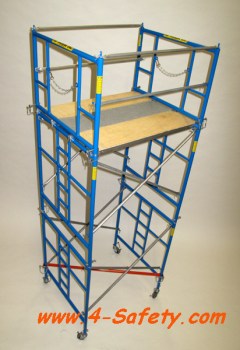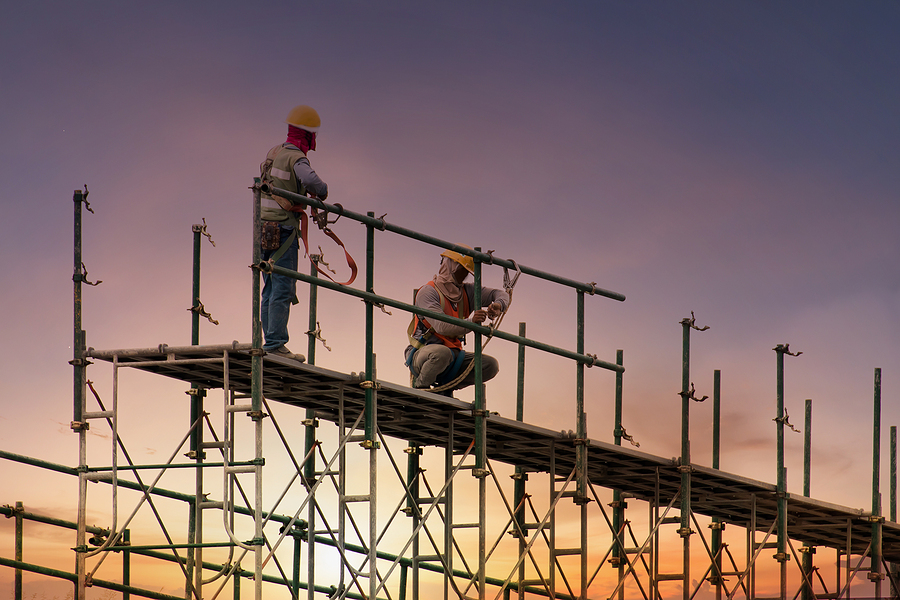Dependable Domestic Scaffolding for Homeowners in Need of Safe Renovations
Dependable Domestic Scaffolding for Homeowners in Need of Safe Renovations
Blog Article
A Comprehensive Overview to the Crucial Functions of Scaffolding in Modern Building And Construction
The landscape of modern building and construction progressively depends on efficient scaffolding systems that prioritize efficiency, safety and security, and advancement. As tasks expand in complexity, understanding the important attributes of scaffolding comes to be crucial for making certain worker safety and optimizing task timelines.
Types of Scaffolding
Although scaffolding systems can differ widely in layout and application, they usually fall into several unique classifications that accommodate various building and construction demands - Scaffolding. One of the most common kinds consist of sustained scaffolding, put on hold scaffolding, and rolling scaffolding
Supported scaffolding includes platforms supported by a framework of poles, which supply a raised and secure functioning surface area. This kind is normally made use of for jobs that call for substantial altitude, such as bricklaying or exterior painting.
Put on hold scaffolding, alternatively, is used for jobs needing accessibility to high elevations, such as cleansing or fixing structure exteriors. This system hangs from one more structure or a rooftop, allowing workers to reduced or raise the platform as needed.
Rolling scaffolding attributes wheels that permit simple flexibility across a job website. It is specifically beneficial for jobs that call for constant moving, such as interior operate in big spaces.
Each kind of scaffolding is created with details applications in mind, making sure that building and construction tasks can be lugged out efficiently and successfully. Understanding these groups is important for choosing the suitable scaffolding system to satisfy both project demands and site conditions.
Key Safety And Security Attributes
Safety and security is paramount in scaffolding systems, as the possible threats connected with operating at elevations can cause severe crashes if not appropriately handled. Key safety and security functions are important to make sure the well-being of employees and the stability of the building site.
Primarily, guardrails are essential. These barriers provide a physical guard against falls, considerably decreasing the threat of severe injuries. In addition, toe boards are frequently used to avoid tools and products from falling off the scaffold, securing employees below.
One more vital element is the use of non-slip surface areas on systems. This feature improves hold, especially in unfavorable weather, thereby lessening the chance of slips and drops. Accessibility ladders need to be securely placed to help with risk-free entry and leave from the scaffold.
Regular assessments and upkeep of scaffolding systems are likewise essential. These evaluations make certain that all parts remain in excellent problem and operating correctly, addressing any wear or damage promptly.
Finally, correct training for all workers associated with scaffolding operations is essential to guarantee that they understand safety protocols and can recognize potential threats. Scaffolding. Jointly, these features create a safer working environment and dramatically reduce dangers connected with scaffolding
Material Technologies
Advancements in product science have actually significantly influenced the scaffolding market, improving both safety and effectiveness in modern-day building and construction. The intro of high-strength steel and aluminum alloys has changed conventional scaffolding systems. These products are not only lighter, making them less complicated to set up and carry, however likewise supply exceptional load-bearing abilities. This results in scaffolding structures that can support better weights while minimizing the threat of collapse.
Furthermore, innovative composite products, such as fiberglass-reinforced plastics, have actually become practical choices. These products are resistant to corrosion and environmental destruction, thus extending the life-span of scaffolding systems, specifically in severe weather conditions. Making use of such materials adds to decrease upkeep costs and ensures consistent efficiency with time.


Style Considerations
Thinking about the intricacies of modern-day building and construction jobs, reliable scaffolding layout is paramount to making sure both capability and safety. Style considerations should incorporate various elements, consisting of load capability, elevation, and the details requirements of the building and construction website. Each project offers click here for more one-of-a-kind difficulties, requiring a versatile strategy to scaffolding systems that can adjust to differing conditions.
Structural honesty is vital; therefore, engineers must compute the tons that the scaffolding will support, including workers, products, and devices. The selection of products plays an important duty in guaranteeing the scaffolding can withstand these lots while remaining long lasting and light-weight. In addition, the style must permit simple accessibility and egress, helping with the smooth movement of products and workers.
Safety attributes, such as guardrails and non-slip surfaces, need to be integrated to reduce threats of mishaps. In addition, the layout has to take into consideration the surrounding setting, consisting of prospective threats and adjacent structures. By resolving these design factors to consider, construction firms can enhance the efficiency of scaffolding systems and advertise a safer working setting, ultimately adding to the general success of the job.
Upkeep and Examinations
The performance of scaffolding systems extends beyond first layout and implementation; ongoing maintenance and regular assessments are vital to guaranteeing their continued efficiency and safety throughout the duration of a project. Normal evaluations should be carried out by qualified personnel to determine any kind of indicators of wear, damages, or instability that might endanger the stability of the scaffolding.
Upkeep protocols need to include routine checks of architectural elements, such as frameworks, slabs, and fittings, making sure that all components continue to be protected and free from deterioration or other degeneration. In addition, the performance of safety attributes, such as guardrails and toe boards, have to be evaluated to guarantee compliance with security policies.
Paperwork of all assessments and upkeep activities is critical for responsibility and regulatory compliance. A systematic strategy to record-keeping not just help in tracking the condition of the scaffolding however also gives required evidence in case of an incident.
Eventually, establishing an extensive maintenance and assessment routine will considerably reduce the risk of crashes and improve the total security of the building and construction site. By prioritizing these practices, building and construction supervisors can safeguard workers and copyright the project's honesty.

Conclusion
To conclude, the vital attributes of scaffolding in modern building include a series of essential aspects, consisting of varied kinds, key security devices, material advancements, and thoughtful layout considerations. Stressing safety and security through guardrails and non-slip surface areas, alongside improvements in products like high-strength steel, boosts both performance and sustainability. Additionally, regular upkeep and evaluations are important for making sure architectural stability and safety and security on construction sites, inevitably promoting efficient task implementation and promoting the well-being of workers.
The landscape of modern-day construction progressively depends on efficient scaffolding systems that focus on performance, safety and security, and technology.Improvements in material scientific research have actually find substantially affected the scaffolding market, improving both safety and security and performance in modern-day building and construction. Generally, these material innovations not just enhance the efficiency and security of scaffolding systems but likewise line up with the sector's push in the direction of sustainability, as lots of modern products see this are created to be a lot more ecologically pleasant.
Taking into consideration the intricacies of modern construction projects, reliable scaffolding style is extremely important to making sure both capability and safety and security.In conclusion, the crucial attributes of scaffolding in modern-day building include an array of crucial components, including diverse kinds, crucial safety devices, product developments, and thoughtful design considerations.
Report this page